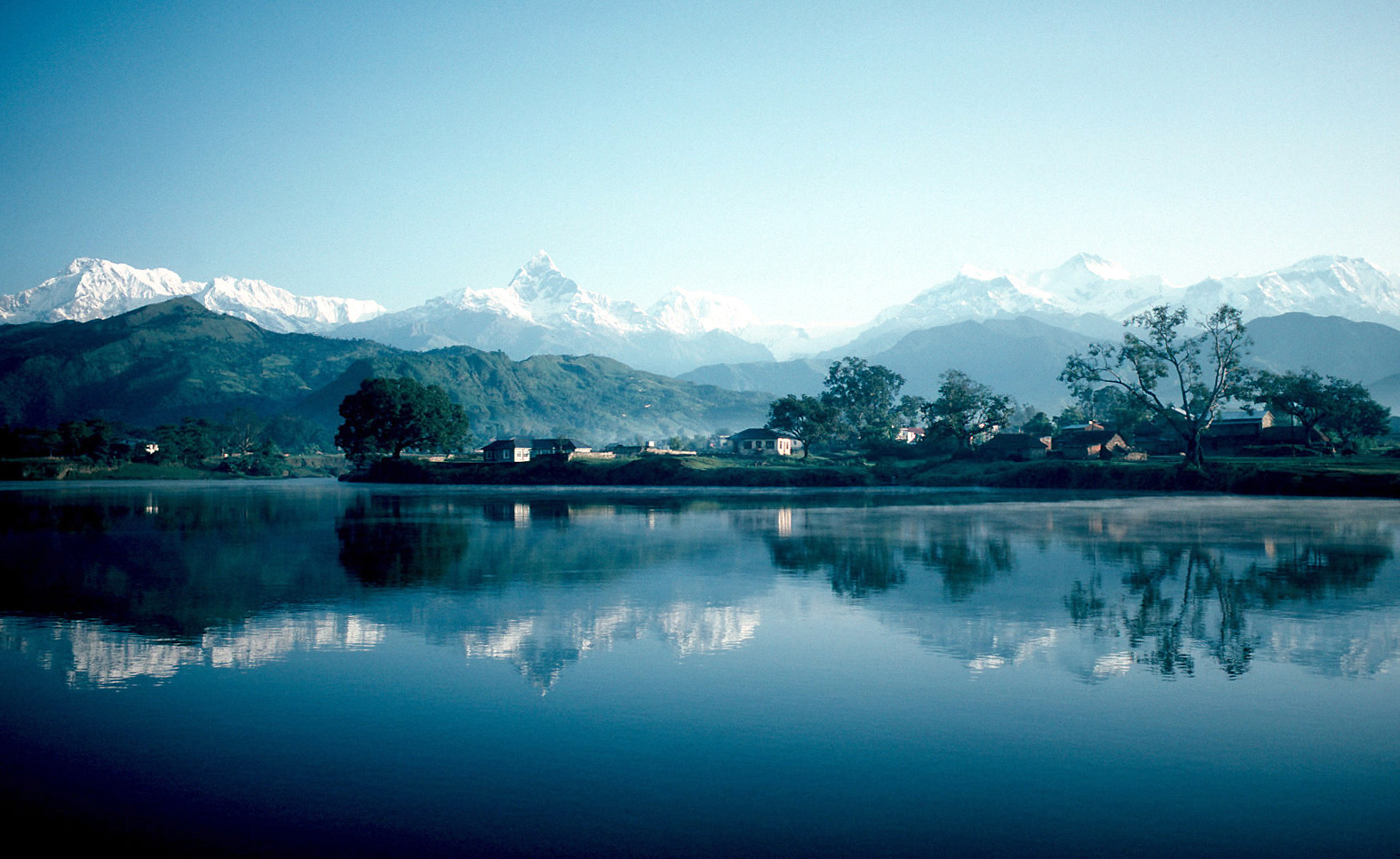|
Mahendra Cave
Mahendra Cave is a cave located in Pokhara-16, Batulechaur, Kaski district, close to the Kali khola, is a large limestone cave. It is a rare example of a cave system in Nepal containing stalagmites and stalactites. This show cave attracts thousands of tourists every year. A statue of Hindu lord Shiva can be found inside the cave. History This cave was discovered in the 1950s by shepherds in Pokhara. The old name of the cave was 'Adhero Bhawan' which literally means ''Dark Habitat''. The cave got its name from Late King Mahendra Bir Bikram Shah Dev, the then ruler of the country, who immediately visited the place after he read about it in the Newari language newspaper. The cave was named Mahendra after it was officially inaugurated by the then King Mahendra. The cave got rapid attraction after the royal visit and since then it has remained one of the most visited places in Pokhara. It was first properly surveyed in 1976 by a small team of speleologists from the UK including Jan ... [...More Info...] [...Related Items...] OR: [Wikipedia] [Google] [Baidu] |
Pokhara
Pokhara ( ) is a metropolis, metropolitan city located in central Nepal, which serves as the capital of Gandaki Province. Named the country's "capital of tourism" it is the List of cities in Nepal, second largest city after Kathmandu, with 599,504 inhabitants living in 120,594 households as of 2021 Nepal census, 2021 census. Pokhara is located west of the capital, Kathmandu, on the shore of Phewa Lake, and sits at an average elevation of approximately 822 m above sea level. The Annapurna Range, with three out of the ten highest peaks in the world—Dhaulagiri, Annapurna, Annapurna I and Manaslu—is within aerial range from the valley. In 2024, Pokhara was declared as the tourism capital of Nepal, being a base for trekkers undertaking the Annapurna Circuit through the Annapurna Conservation Area region of the Annapurna ranges in the Himalayas. The city is also home to many of the elite Gurkha soldiers, soldiers native to South Asia of Nepalis, Nepalese nationality recrui ... [...More Info...] [...Related Items...] OR: [Wikipedia] [Google] [Baidu] |
Mahendra Of Nepal
Mahendra Bir Bikram Shah Dev (; 11 June 1920 – 31 January 1972) was King of Nepal from 13 March 1955 until his death in 1972. He led the 1960 Nepal coup d'état, 1960 coup d'état, in which he dismissed the government, jailed other political leaders, suspended the constitution, banned political parties, and established an autocratic royal regime. He ruled the country with his Panchayat (Nepal), Panchayat system for 28 years until the introduction of multi-party democracy in 1990. During his reign, Nepal experienced a period of industrial, political and economic change which opened it to the rest of the world for the first time, after the 104-year-long reign of the Rana dynasty, Rana rulers, who kept the country under an isolationist policy, came to an end in 1951. Early life Mahendra was born on 11 June 1920 (1977 Vikram Samvat, BS) at the Narayanhiti Palace to King Tribhuvan of Nepal. He was the eldest child of King Tribhuvan and Queen Kanti of Nepal, Queen Kanti. Under th ... [...More Info...] [...Related Items...] OR: [Wikipedia] [Google] [Baidu] |
Garden At Mahendra Cave
A garden is a planned space, usually outdoors, set aside for the cultivation, display, and enjoyment of plants and other forms of nature. The single feature identifying even the wildest wild garden is ''control''. The garden can incorporate both natural and artificial materials. Gardens often have design features including statuary, follies, pergolas, trellises, stumperies, dry creek beds, and water features such as fountains, ponds (with or without fish), waterfalls or creeks. Some gardens are for ornamental purposes only, while others also produce food crops, sometimes in separate areas, or sometimes intermixed with the ornamental plants. Food-producing gardens are distinguished from farms by their smaller scale, more labor-intensive methods, and their purpose (enjoyment of a pastime or self-sustenance rather than producing for sale, as in a market garden). Flower gardens combine plants of different heights, colors, textures, and fragrances to create interest and delight the ... [...More Info...] [...Related Items...] OR: [Wikipedia] [Google] [Baidu] |
Bats In Mahendra Cave
Bats are flying mammals of the order Chiroptera (). With their forelimbs adapted as wings, they are the only mammals capable of true and sustained flight. Bats are more agile in flight than most birds, flying with their very long spread-out digits covered with a thin membrane or patagium. The smallest bat, and arguably the smallest extant mammal, is Kitti's hog-nosed bat, which is in length, across the wings and in mass. The largest bats are the flying foxes, with the giant golden-crowned flying fox (''Acerodon jubatus'') reaching a weight of and having a wingspan of . The second largest order of mammals after rodents, bats comprise about 20% of all classified mammal species worldwide, with over 1,400 species. These were traditionally divided into two suborders: the largely fruit-eating megabats, and the echolocating microbats. But more recent evidence has supported dividing the order into Yinpterochiroptera and Yangochiroptera, with megabats as members of the former al ... [...More Info...] [...Related Items...] OR: [Wikipedia] [Google] [Baidu] |




